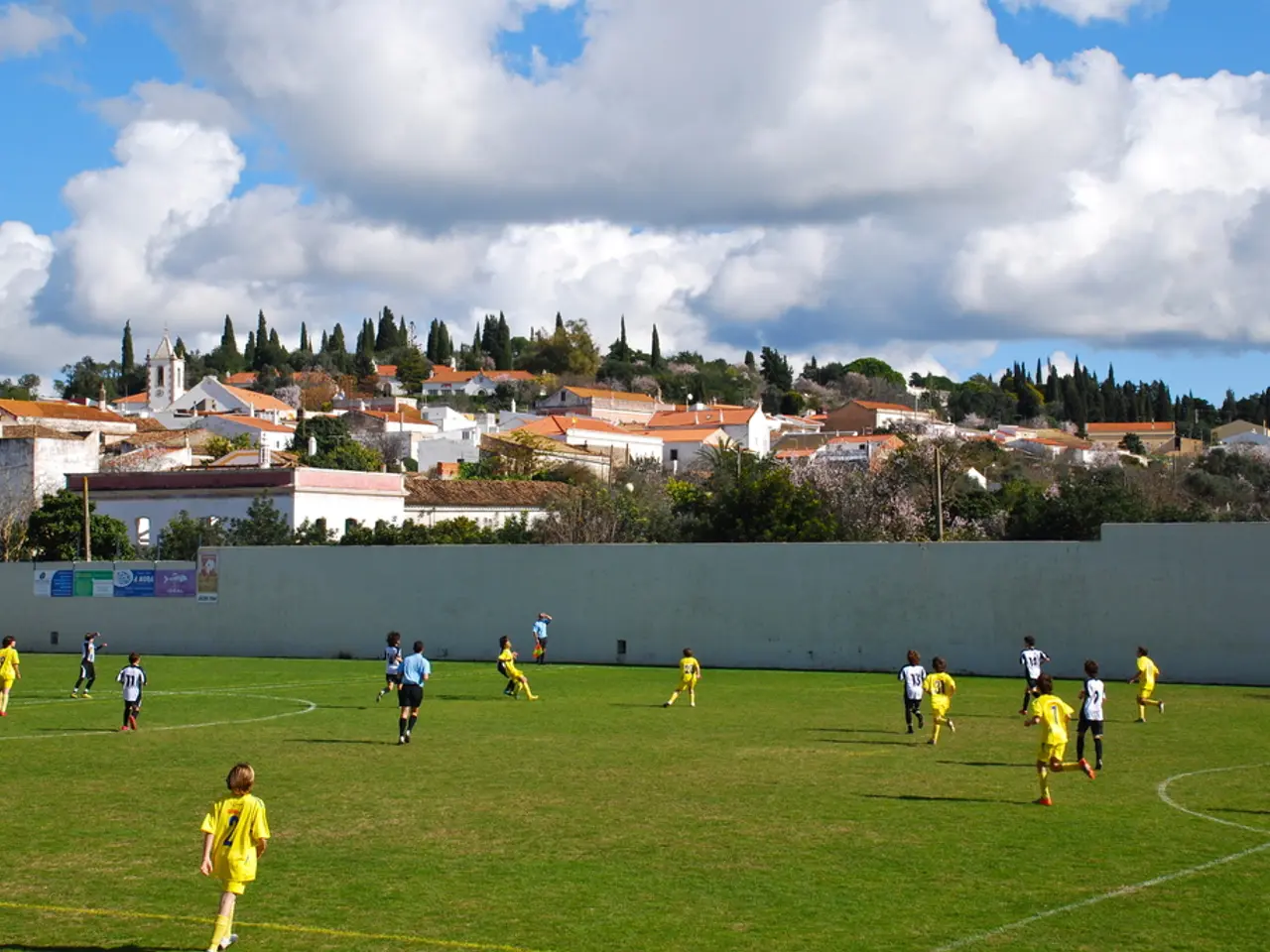Intersecting Realms: D-Bug Video Game Design Competition Blending Gaming and Medicine
In New Zealand, an innovative educational programme called the D-Bug Game Design Challenge is making waves by merging te ao Māori perspectives, microbiology, and game design to teach children and youth about vaccines and viruses in a fun and engaging way.
This unique approach integrates:
- Te ao Māori (the Māori worldview): The programme incorporates Māori values, language, narratives, and cultural concepts, making the learning experience relevant and safe for Māori youth. It aims to foster a culturally rich educational environment that resonates with the community.
- Microbiology: The Challenge delves into scientific content about viruses, immune responses, and vaccines, ensuring that players learn factual, evidence-based health information.
- Game Design: By leveraging game mechanics, storytelling, and user experience design, the Challenge encourages young people to explore and internalize complex health topics in a hands-on, interactive way.
This multidisciplinary fusion is designed to improve vaccine literacy and health outcomes, while respecting Māori knowledge systems and nurturing creativity among the participants through game creation and play.
The D-Bug Game Design Challenge is a collaborative effort between the University of Otago's Department of Preventive and Social Medicine and Tūhura Otago Museum, funded by an Unlocking Curious Minds community engagement grant. The Science of Medicines team, including microbiologist Antonia Hoeta, plays a significant role in this project.
Antonia, a gamer herself, sought out free software packages for game development and enlisted the help of game designers in the Otago community. The workshops hosted by Tūhura Otago Museum support young people with their game development, catering for a range of ages and creative skills.
Participants in the Challenge are encouraged to be creative and consider their characters' abilities, transmission strategies, and symptoms. They can create 3D images of their clay models and transfer them to Blender for their digital games. Workshop participants also engage in activities that compare the human immune system to a castle, use drama to model science ideas about immune response, and even engage learners about the wicked problem of space junk using Scratch.
The Science of Medicines project also offers activities that allow young people to share their newfound knowledge about vaccines and viruses with their families. The Hub has curated resources on the immune system, vaccinations, rongoā, antimicrobial resistance, and gaming for learning, providing a wealth of information for those interested in delving deeper into these topics.
In summary, the D-Bug Game Design Challenge is a testament to the power of combining education, culture, and creativity to teach vital health concepts in an engaging and accessible manner. By fostering a love for learning and a deep understanding of science, the Challenge is empowering the next generation to make informed decisions about their health and the health of their communities.
- The D-Bug Game Design Challenge, an educational program in New Zealand, merges science and health-and-wellness by incorporating microbiology, teaching children and youth about vaccines and viruses in a fun and engaging way through game design, and fostering a culturally rich educational environment with Te ao Māori perspectives.
- The Challenge also encourages creativity among participants by allowing them to develop their own games, which may involve designing characters, creating 3D images of their clay models, and engaging in activities like drama to model science ideas, all aimed at promoting learning and understanding in education-and-self-development.
- To further support this learning, the Science of Medicines project provides additional resources on topics like the immune system, vaccinations, gaming for learning, and mental health aspects like rongoā and antimicrobial resistance, enabling deeper exploration of these subjects and promoting informed decisions about health and wellness.




